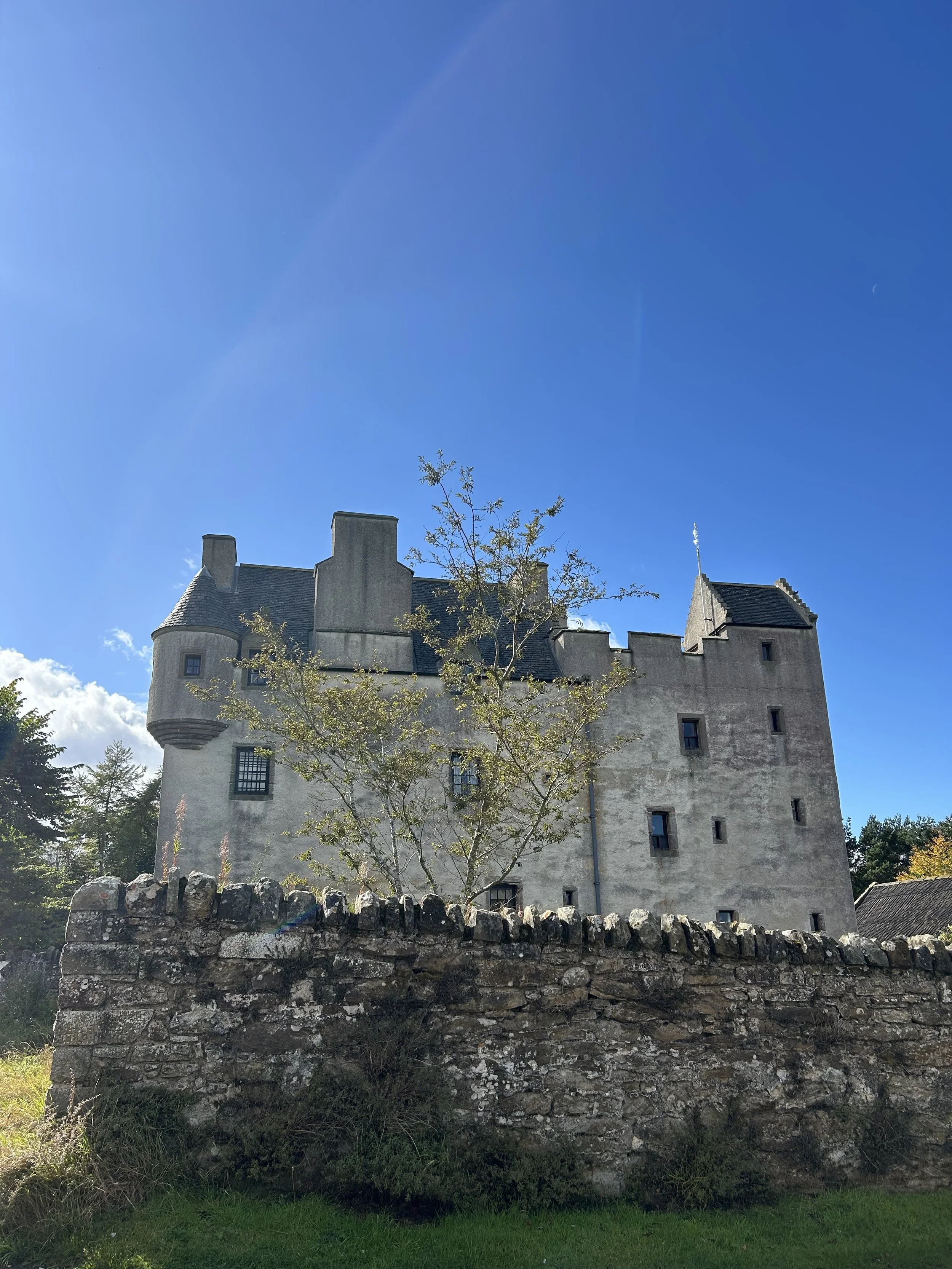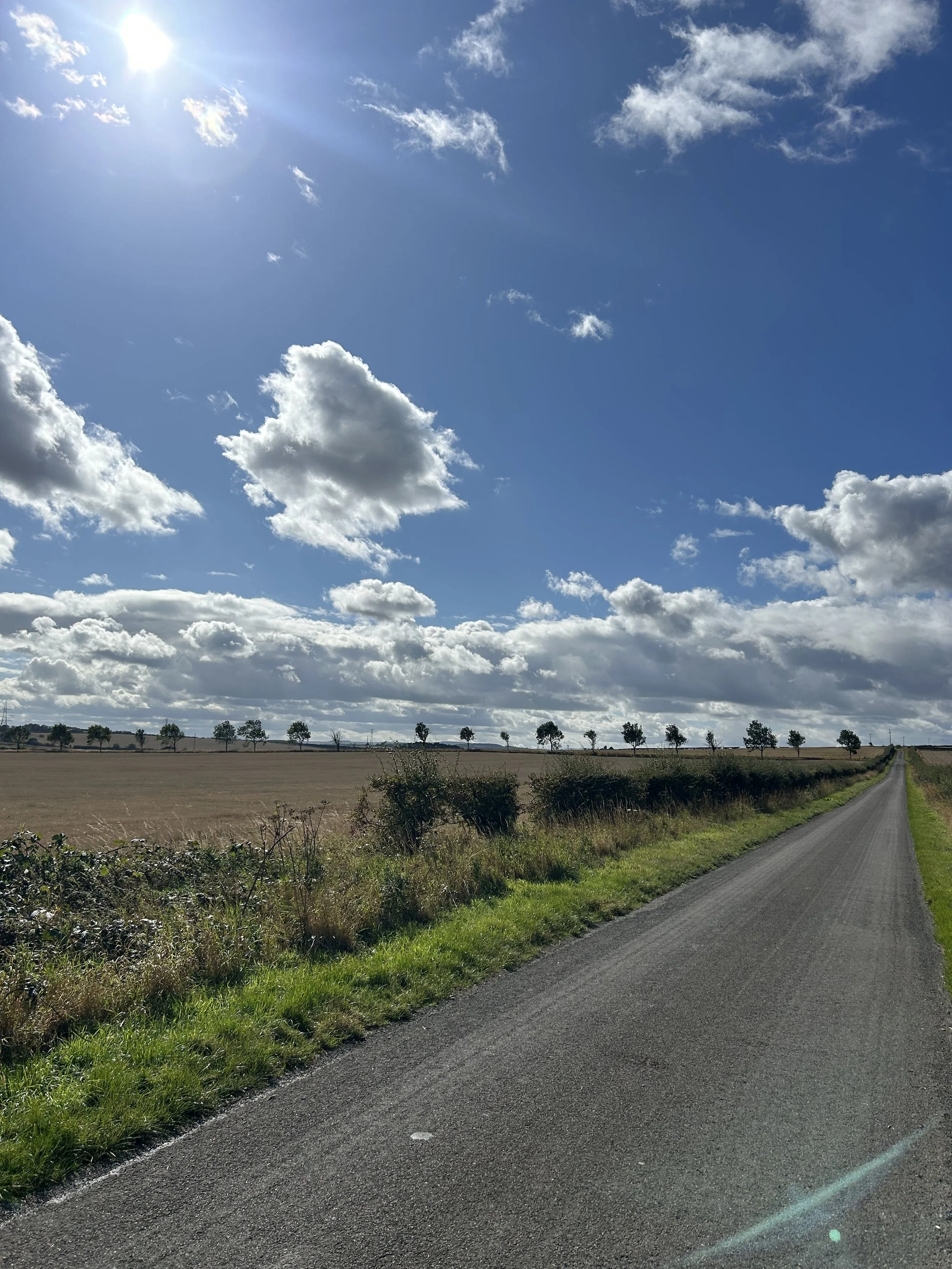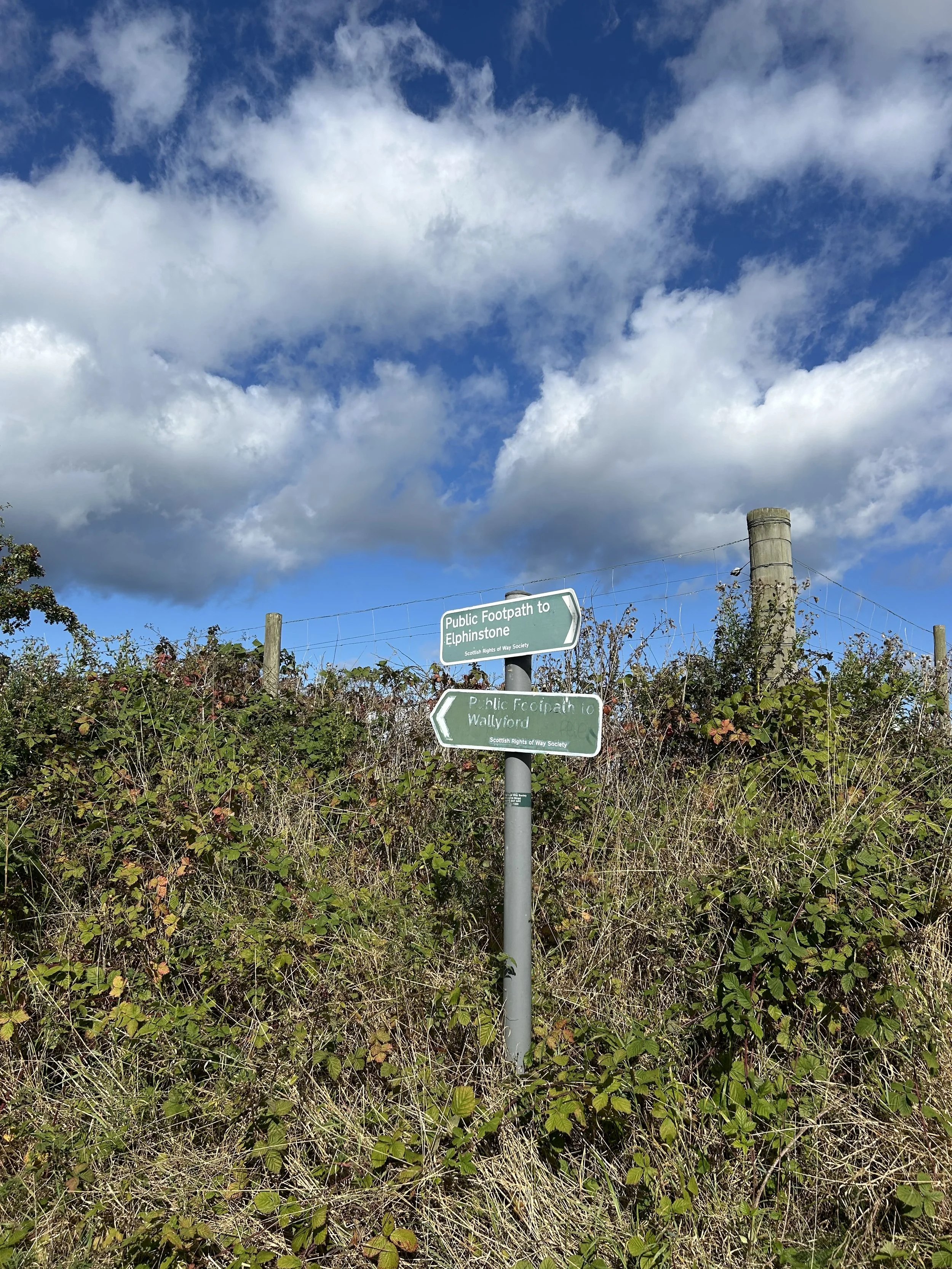Fa’side Castle
Location: Tranent, East Lothian, EH33 2LE
Status: Privately-owned
Fa’side Castle is an old, whitewashed keep, with a long history that can be traced back to the 12th century. Throughout the years it has often come close to ruin and disrepair, however, in recent times it has received vital renovation and is now privately-owned and available as B&B accommodation.
It is situated atop the fields of East Lothian, overlooking Wallyford and around an hour’s walk from Tranent. Its isolation within the fields provides an idyllic sense of separation and privacy, however, it still benefits from a two mile proximity to the A1, leading to Edinburgh (west) or back into East Lothian (east). It also has panoramic views of the Firth of Forth, Fife, and Edinburgh due to its towering position within the elevated fields.
Fa’side Castle is an L-plan building, with a 14th century tower, multiple stories, and a vaulted basement. Legends say that it contains underground passages, one of which leads to the old Tranent Tower.
The castle is believed to have first been built by Robert de Quincy in the 12th century, after his family was granted land by the monks of Newbattle Abbey. In the first Wars of Scottish Independence, the de Quincy family declared their loyalty to Edward I of England, and subsequently lost Fa’side Castle to the victorious Robert the Bruce, who gave the land to the Seton clan. A century later, the Fawsydes acquired the castle lands.
Before the Battle of Pinkie Cleugh on 10 September 1547, the castle’s garrison had been attacking the English forces. The English army then burned the castle before battle, in which the Scots suffered a terrible loss. The act supposedly saw all inhabitants inside the castle either burned or suffocated.
Years later after repairs, Mary, Queen of Scots stayed at the castle. On the morning of 15 June 1567, she left the castle for the fateful Battle of Carberry Hill, in which she ultimately surrendered and abdicated. She is said to have left her clothes behind in a chest within the castle.
By 1631, the Fawsydes had sold the castle, and over the following centuries it fell into ruin. It faced demolition by the time of the 1970s, however, it was eventually bought over and restored by 1982. It is now fully operational and available as holiday accommodation.






